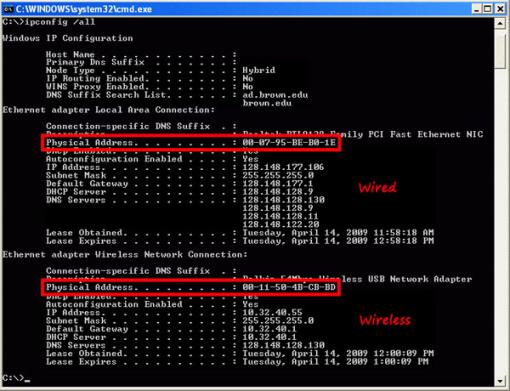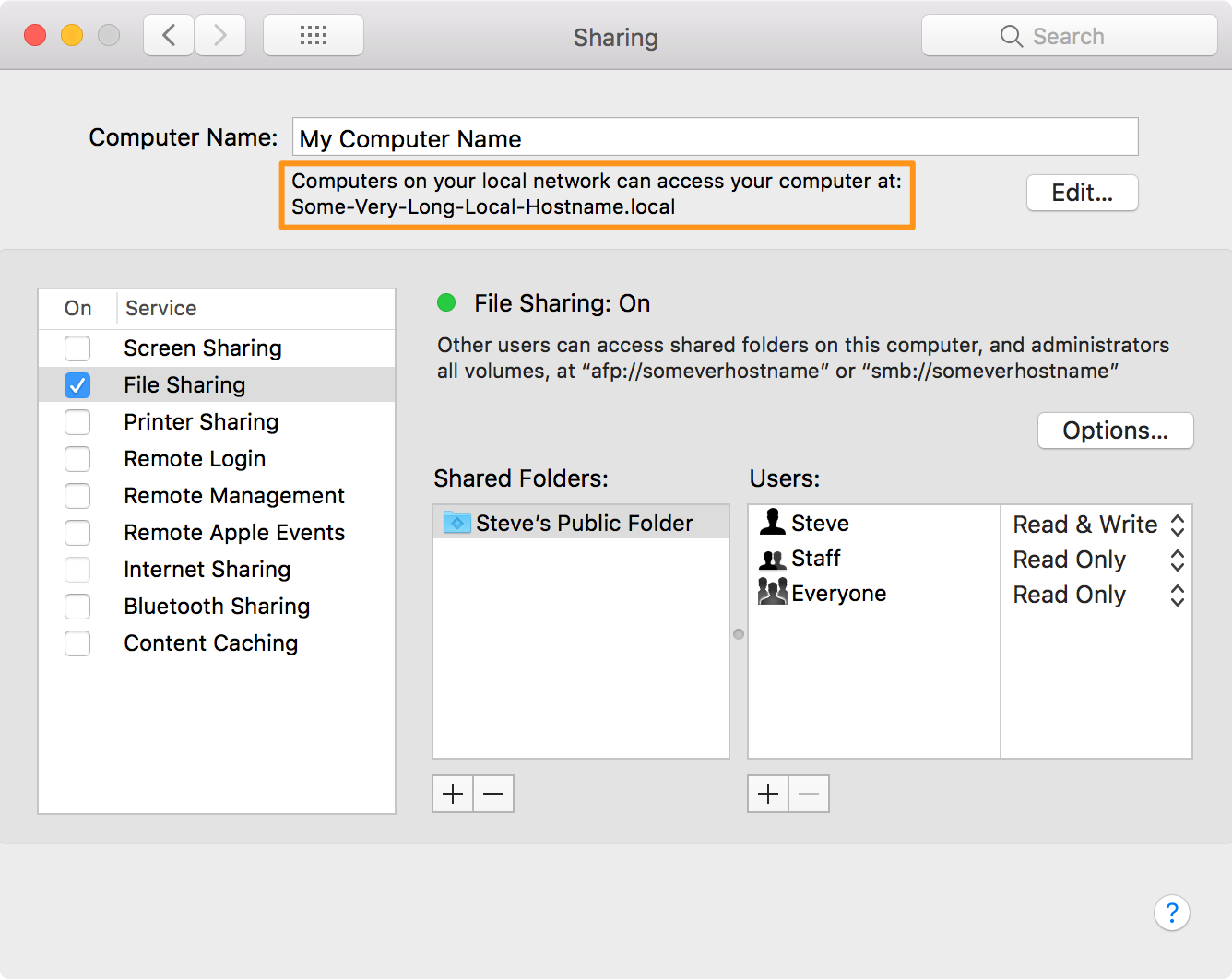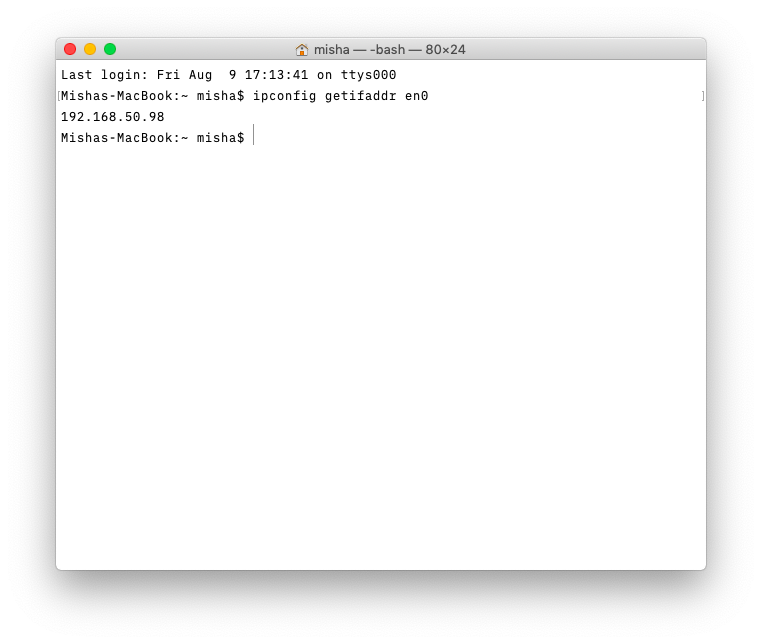

Get ip address via bash on mac mac#
In this example, we first use arp-scan with the default broadcast destination to determine the host's MAC address, and then run arp-scan again specifying the host's MAC address as the detination. arp-fingerprint displays the IP address, the binary fingerprint string, and a list of known systems that match this fingerprint:

I am mainly remote without any heads and no console so arp-scan really does the trick if you have systems you can't access with a monitor(no head) or console.īelow are some examples of arp-fingerprint being used against some different targets. # arp-scan -interface=em2 192.168.1.1/24Īs you can see arp-scan found the system. Specify ethernet interface you can do the following:

Now we can scan the local network to find the IP address out what my system with mac address Arp-scan - It constructs and sends ARP requests to the specified IP addresses, and displays any responses that are received. arp-scan allows you to: Send ARP packets to any number of destination hosts, using a configurable output bandwidth or packet rate.


 0 kommentar(er)
0 kommentar(er)
